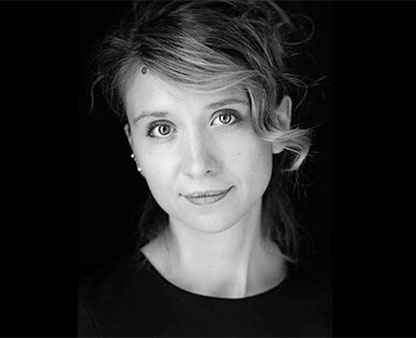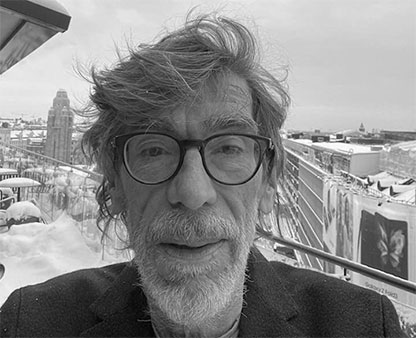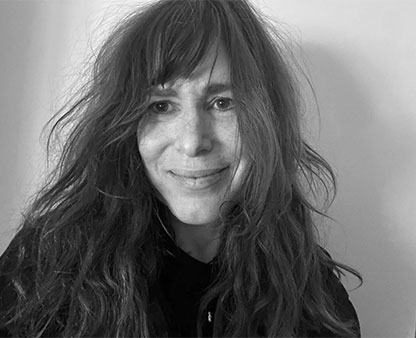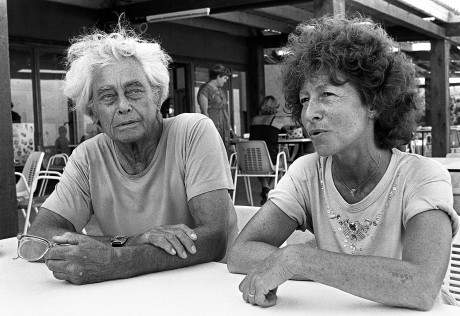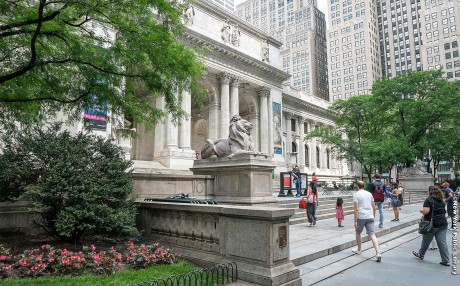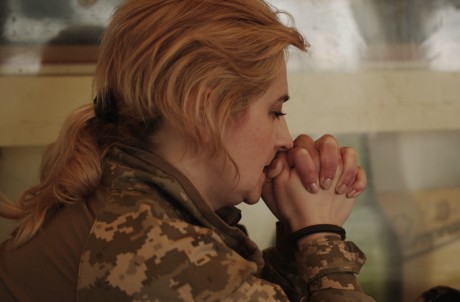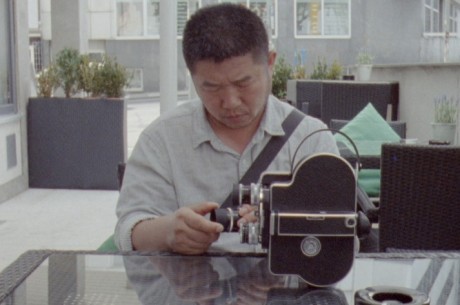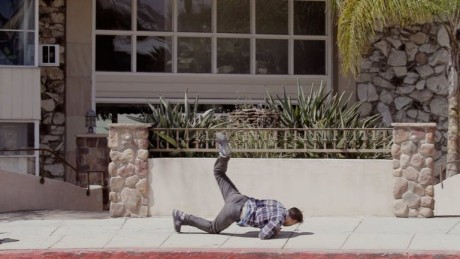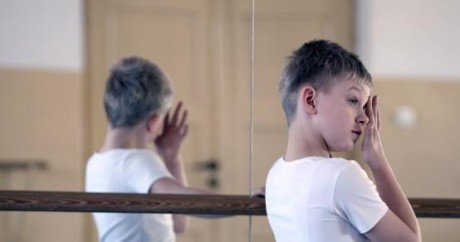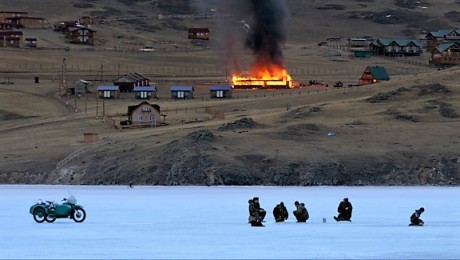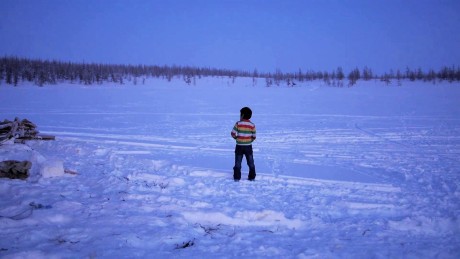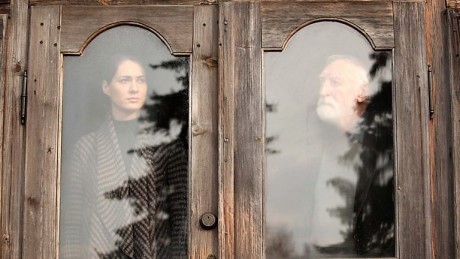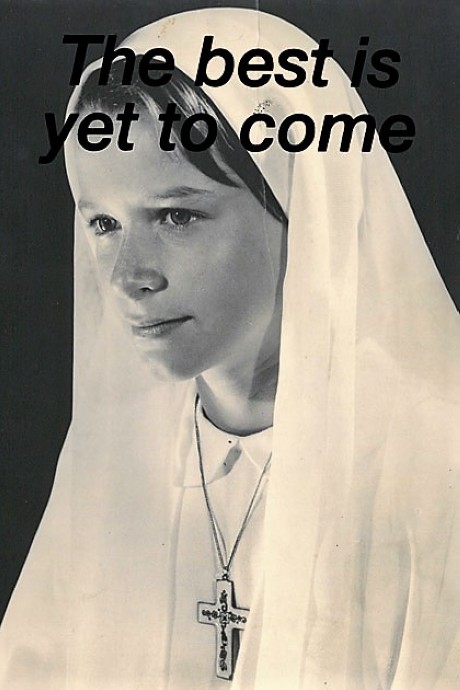The best is yet to come er Ada Bligaard Søbys første bog forstår jeg, men den hænger sammen med hendes filmværk og er for mig at se en selvfølgelig konsekvens af først og fremmest American Losers, 2006 men også af Meet me in Berlin, 2007, Black Heart, 2008 og Petey & Ginger, 2009. Den nye bog, en fotobog og et bogobjekt er en essens af opdagelserne, erfaringerne og fremstillingen af antropologien i disse tidligere filmværker. Den er en inddampning, præcisering og i sig selv en film i romanens form som for eksempel Chris Markers filmroman La Jetée som både er en bog og en film, men altså i to adskilte objekter. Ada Bligaards ny værk er foreløbigt samlet i ét objekt, et bogobjekt, fysisk tungtvejende, æstetisk fjerlet stigende. Det melder sig ind i den trykte litteratur, ved siden af sin generation, både Josefine Klougarts og Lea Marie Løppenthins bøger melder sig i min tanke med familieligheder i baggrund, erhvervede erfaringer og æstetisk praksis og så med det store gennemgående tema om kvinden og manden: mødet, udforskningen, erkendelsen og bruddet. Og med tilsvarende sidetemaer: forældre, barndom, rejser…
Ada Bligaards bog kom jo med posten forleden dag. Tusind tak, jeg blev så glad. Jeg skrev med det samme om den, men det blev blot til en præsentation af indpakningen. Nu kigger jeg forsigtigt i den, langsomt, opslag for opslag. Bevæget og tøvende ved den særlige finhed og en ligesom henkastet beslutsomhed som er sikker viljestyrke og kloge valg, mærker jeg. Tydeligste følelse i mig er en bevægelse ved dens billedsiders, ved dens valgs og ved omhuens ømhed, måske som Dawn Shadforth’s gråd i Shoreditch House. Ombundet af spændet mellem satyr og nonne, mellem vellyst og afkald, mellem snavs og renhed, mellem mørke og lys. Jeg snyder mig ind og læser Louis’ replik: ”When Ada told me about this project I know it meant putting very cute photos of her with very fucked-up pictures of me in various states of degradation, dehydration and madness…” Ja, bogen er konstrueret til at vende blade i. Ganske forsigtigt som med de nænsomme fingre her i forlagets video:
https://www.kehrerverlag.com/en/ada-bligaard-soby-the-best-is-yet-to-come
Og sådan, så godt jeg kan, går jeg i gang og begejstres opslag for opslag…
Læsningen forlanger som konsekvens af mig at jeg med det samme imaginært åbner min egen æske med fotografier. Ser på dem ét for ét omhyggeligt og længe, lægger dem i opslag i tofløjede overvejelser af de udløste associationsfragmenter og erindringsglimt. Binder dem i stift bind i en dikotomi og konkluderer at dette var stort og noget bedre vil komme til mig. Leve hver dag som den sidste? Nej, skrev kirkefaderen fra oldtiden, leve hver dag som den første…
Men jeg er jo kun kommet til dette tankevækkende hardcover og straks er jeg ude i en tangent af min egen historie i en banal ”ja, det kender jeg godt”, selvhenførende. Jeg trækker vejret dybt og ryster udflugten af mig. Jeg åbner Ada Bligaard Søbys bog: ”… og ser hendes blik for enhver detaljes fortællende, fastholdende, erindrende kræfter når den er fundet, udpeget, valgt og monteret.” Sætningen sidder mumlende i mit hoved hele dagen…
Jeg vælger i en sammenfatning ordet ”ømhed” – jeg ser på disse forrevne shorts, revet fri af deres cowboybukseben, jeg ser på håret, hvordan det er og sidder og tænker intenst på hvor den medvirkende også er i billederne. Kan jeg identificere hovedpersonen, som måske også er nonne på bagsiden af bogen? Kan jeg forstå en storyline, udvikling fra tilstand til tilstand? Er det jeg forstår der i dette fotografi ikke især Ada Bligaards ømhed for sin kvindelige hovedperson? Det vælger jeg…
At se tilbage på konkrete levn fra sin historie kræver mod, tilgivelse og ømhed. Se sig som udsat i en verden som siden konstant har ændret sig, i forståelse, ømt. Som Louis gør i fortsættelsen af sin replik ovenfor: ”… Now that the war against the Universe is over I can look at these pictures with compassionate amusement, something which I could not do before.”
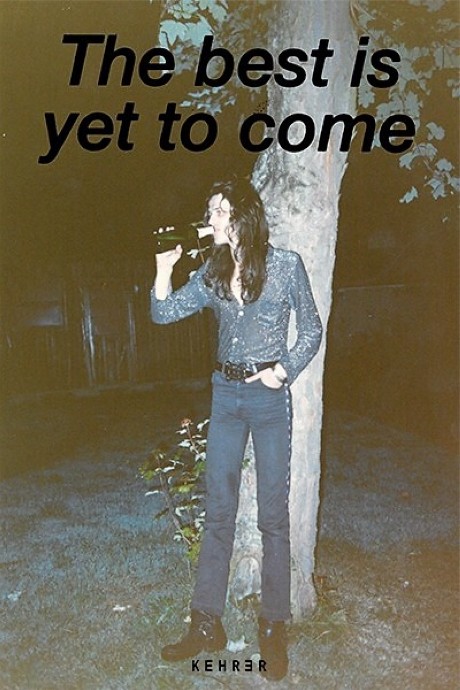
REVIEW
Jeg har til nu ikke kunnet skrive en egentlig analyse, heller ikke en ordentlig indholdsbeskrivelse. Vel fordi jeg mangler forusætningerne. Det gør til gengæld Elin Amundsen Grinaker, BlazerFanzine ikke. Har du læst hertil skal du i hvert fald læse hendes vidunderlige anbefaling af Ada Bligaard Søbys bog:
https://blazerfanzine.no/2018/11/02/anbefaling-ada-bligaard-soby
